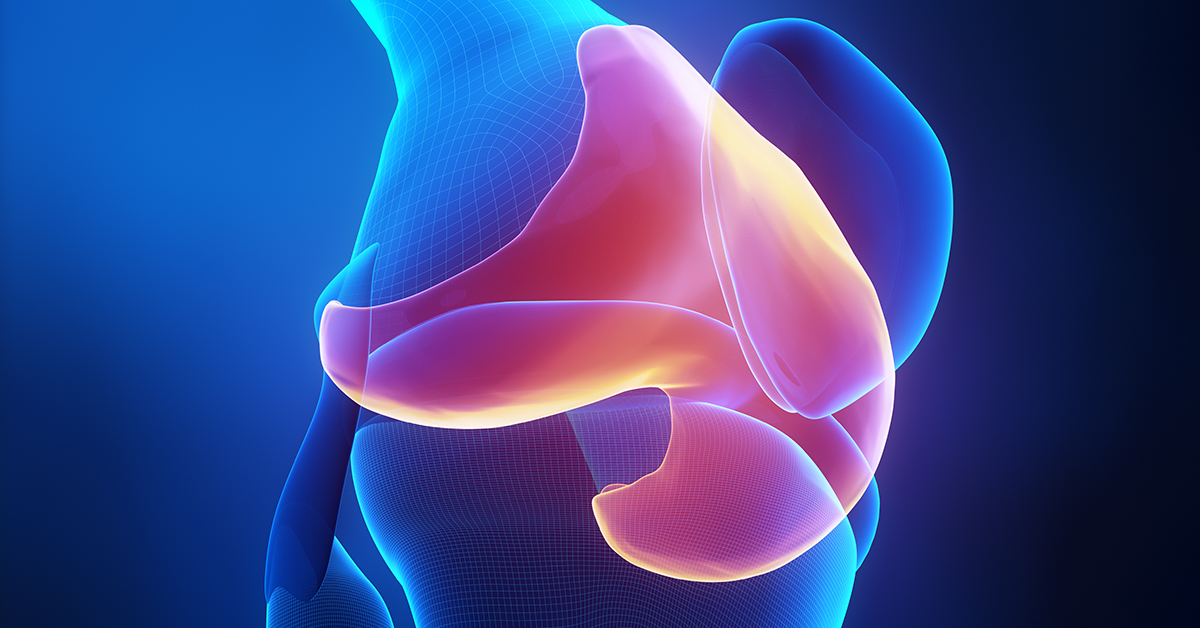
What is an Articular Cartilage Injury?
Within the joint, there are different types of cartilage that protect the surfaces of the bones and allow for smooth movement. Articular cartilage refers to the cartilage that covers the bony surfaces of the joints and protects them from friction injuries during movement. Just like the bones within the joint, the articular cartilage plays an important role in weight-bearing and helps with movements such as flexing, extending, and rotating the joints.
Articular cartilage does not possess a blood supply of its own. As a result, when it suffers from injury, it does not possess the ability to heal itself.
What causes Articular Cartilage Injury?
Articular cartilage injury may be caused by a variety of conditions. These may include direct trauma to the joint, like a sudden impact sustained in a fall or a sports injury. Wear and tear on your cartilage does occur gradually as part of the aging process, but overuse injuries can cause cartilage damage as well. Overuse injuries are typically the result of excessive use of a joint over time without allotting enough time for the body to recover. Degenerative medical conditions, such as osteoarthritis, may also cause injury to the articular cartilage.
Symptoms and Diagnosis
The most common symptom of an articular cartilage injury is pain that is worse on movement of the joint. There may be swelling around the joint and some redness as well, especially if there is significant underlying inflammation. The joints may be tender on examination.
Patients may report restricted or difficult movement, which can negatively impact the patient's ability to perform regular tasks. These mobility issues are because, as the degeneration or injury gets worse, small amounts of the cartilage may start to float within the joint. These are called loose bodies and can cause significant restriction of joint movement.
Most cases are diagnosed from clinical history and examination alone. Your doctor may order one or more imaging studies or tests to determine the severity of your injury. This is done in order to determine the best course of treatment for your specific condition. X-rays are not particularly useful in visualizing cartilage, but an MRI scan provides a lot more information. Another useful test is an arthroscopy, which is a procedure where a small camera attached to the end of a tube is inserted into the joint. Arthroscopy allows your doctor to examine the structures in your shoulder in a minimally invasive fashion. Arthroscopy is used to visualize the injured cartilage and determine the best course of treatment.
How is an Articular Cartilage Injury Treated?
Conservative treatment options may help ease some of the symptoms of articular cartilage injury. Medication to help ease any inflammation and reduce pain may be prescribed or recommended. Physical therapy is extremely useful in helping patients regain their mobility. Steroid injections into the joint may help reduce inflammation.
If the condition is severe or does not respond to conservative treatment methods, surgery may be necessary. The necessary surgical procedures, such as washing out the loose bodies or shaving and shaping the cartilage, may be performed using an arthroscope.
In extreme cases of articular cartilage injury with associated bone destruction, joint replacement surgery may need to be performed. This is usually considered in the cases of hip and knee injuries or pathologies.
Following treatment for articular cartilage injuries, patients may require a period of rehabilitation before they get back to their regular routine. Patients may be advised to avoid certain activities that can trigger the injury to the cartilage yet again.
